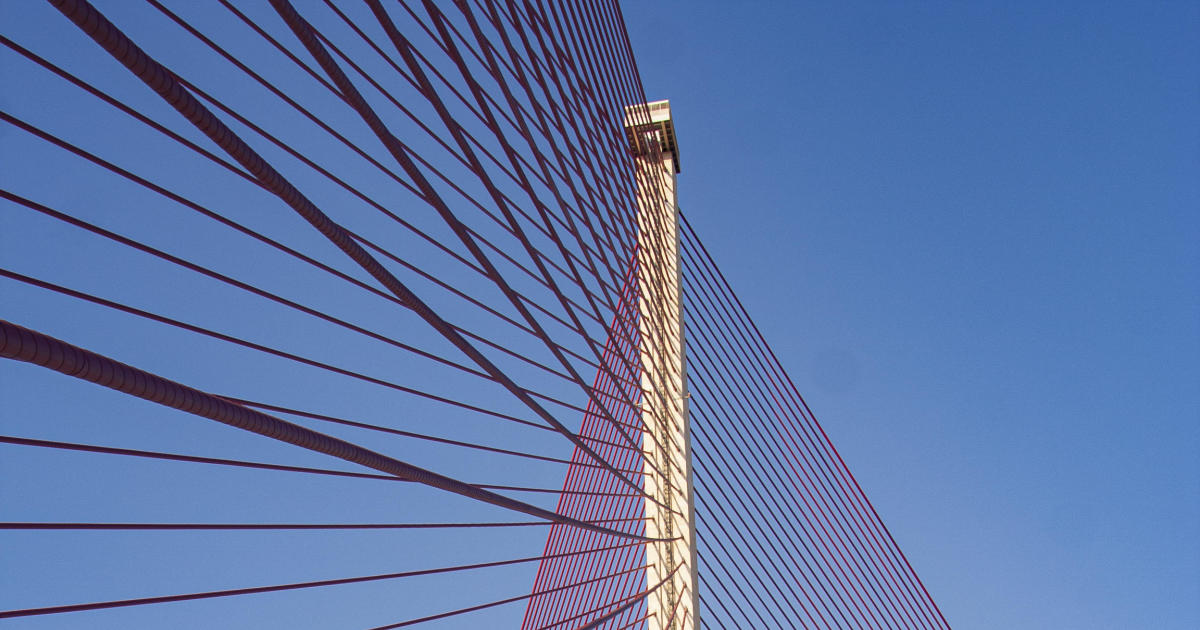The pursuit of social media fame has tragically claimed another life. A 26-year-old British man died after falling from the Castilla-La Mancha Bridge in Talavera de la Reina, Spain, while attempting to create content for social media platforms. This incident, alongside other similar fatalities, underscores the inherent dangers of prioritizing online popularity over personal safety. The reckless pursuit of viral content often leads individuals to engage in illegal and life-threatening activities, highlighting the urgent need for increased awareness and responsible content creation. The incident raises significant concerns about the influence of social media trends on risky behavior and the potential for fatal consequences. This case serves as a stark reminder of the importance of prioritizing personal safety and responsible content creation practices.
The Dangers of Social Media Stunts
The death of the British man in Spain tragically exemplifies the increasing risks associated with performing dangerous stunts for social media. Individuals are increasingly willing to disregard safety regulations and personal well-being to achieve viral status. This pursuit of fleeting internet fame often involves activities with inherent risks, such as scaling bridges, climbing precarious heights, and engaging in potentially hazardous behaviors.
The Allure of Viral Fame
The desire to gain popularity and recognition on social media platforms motivates many individuals to push their boundaries, sometimes to dangerous extremes. The addictive nature of social media validation and the pursuit of viral content contribute significantly to this risky behavior. The potential rewards of increased followers, brand endorsements, and financial gains often overshadow the inherent risks, creating an environment where safety is frequently overlooked. The pressure to create engaging content leads some individuals to resort to increasingly extreme and dangerous stunts, increasing the likelihood of severe injuries or fatalities.
Legal Ramifications and Safety Concerns
Many social media stunts involve activities that violate existing safety regulations and laws. Climbing the Castilla-La Mancha Bridge, for instance, is explicitly prohibited, highlighting the illegal nature of many actions undertaken for online fame. Beyond the legal consequences, these stunts frequently lead to severe injuries or death. Authorities consistently reiterate the dangers and potential consequences, but the allure of viral fame frequently overpowers these warnings. This underscores the critical need for both improved enforcement of existing regulations and increased public awareness regarding the serious risks involved in such activities.
The Impact of Social Media on Risky Behavior
The pervasive influence of social media is directly linked to an increase in reckless behaviors. The platform’s emphasis on visual content and immediate gratification fuels a culture that often prioritizes likes, shares, and followers over personal well-being. This pervasive social media environment creates a pressure cooker for individuals, who may feel obligated to partake in risky actions for social media visibility. Furthermore, social media platforms act as channels for dissemination and normalization of these risky behaviors.
The Normalization of Risk-Taking
Viral videos depicting dangerous stunts are regularly shared, shaping perceptions of what constitutes acceptable risk and inadvertently normalizing such behavior. This normalization can be especially dangerous for young people and vulnerable populations, who might attempt to emulate those actions and face disastrous outcomes. This indirect influence plays a significant role in shaping an environment where risky actions, seemingly motivated by fame, become commonplace.
The Need for Responsible Content Creation
The social media landscape urgently necessitates a shift towards more responsible content creation. The onus rests on both individuals and social media platforms themselves. Platforms must implement stricter measures to discourage the promotion of harmful and unsafe activities. They should actively censor such content and potentially suspend accounts engaging in hazardous actions, making the platforms accountable for their share of this risky behavior. Content creators have a responsibility to prioritize their safety and avoid jeopardizing their own lives and the lives of others.
Preventing Future Tragedies
To combat the increasing number of deaths stemming from social media stunts, several crucial steps must be implemented:
Improved Enforcement and Regulations
Strengthened legislation and rigorous enforcement of safety regulations at dangerous locations are vital. Increased public awareness campaigns focused on the inherent dangers of participating in reckless stunts are also necessary to address the issue effectively. Such campaigns must emphasize that achieving viral popularity is never worth risking one’s life or health.
Promoting Responsible Social Media Use
Promoting responsible social media habits, which includes teaching responsible online participation to youth, is essential. Educational programs focusing on the consequences of risky behaviors are crucial to help instill a stronger sense of self-preservation and responsible online engagement in younger populations. These programs must highlight the long-term repercussions and address the appeal of social media popularity in an attempt to shift the priority to safety and well-being.
Increased Accountability of Social Media Platforms
Social media platforms have a duty to create a safe and responsible online environment for their users. They should develop stringent guidelines and enforce them proactively, cracking down on harmful content. They also need to implement robust mechanisms for reporting and removing potentially hazardous videos or challenges, holding individuals and platforms accountable for actions that have disastrous results.
Takeaway Points:
- The pursuit of social media fame is causing a dangerous rise in risky behavior and resulting fatalities.
- Individuals are putting their lives at risk for likes, followers, and shares.
- Social media platforms have a responsibility to create safer environments and discourage the promotion of dangerous activities.
- Legislation and public awareness campaigns are needed to help curb this behavior.
- The focus needs to shift to valuing safety and well-being over virtual popularity.




